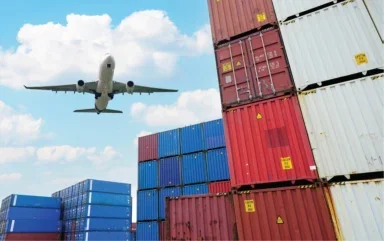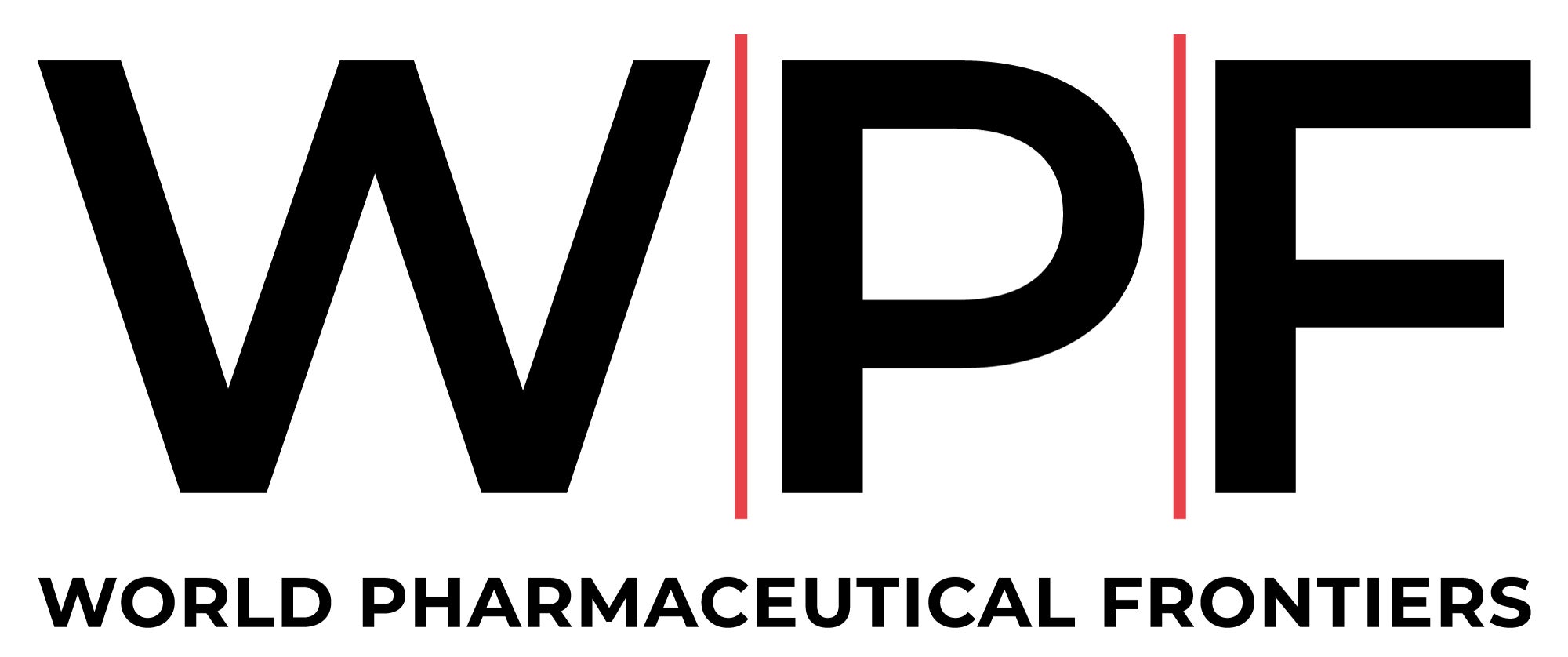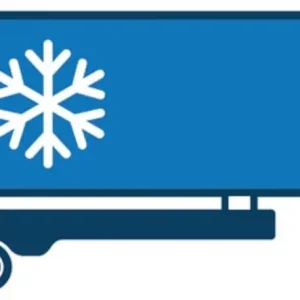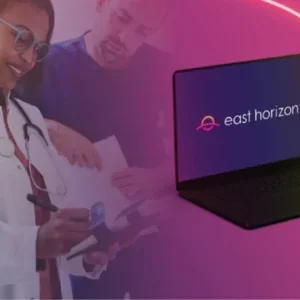
At first glance, air cargo doesn’t factor in the broader pharma logistics space. Consider the statistics. Just half a million tonnes of drugs are transported by plane each year, compared with 3.5 million tonnes by sea. Dig a little deeper though, and everything changes. While aircraft obviously can’t fit shipping containers, the medicines in their holds are nonetheless valuable. Once again, the figures here are clear, with $213bn worth of drugs moved by air every 12 months. That’s compared with the $56bn conveyed by sea, even as the air freight industry is rising by 6% each year.
The implication of all these numbers should, at any rate, be clear. Whatever the simple tonnage figures, air cargo is becoming central to pharmaceutical logistics. Nor is this trend very hard to understand. With the irresistible rise of temperature-sensitive pharmaceuticals, from typhoid vaccines to cell and gene therapies, suppliers naturally have to get treatments to patients as quickly as possible. Unsurprisingly, aircraft are the only real option here, especially now that even midsized biotech firms boast supply chains spanning dozens of countries.
Yet if Precedence Research suggests that the global pharma logistics sector could be worth almost $200bn by 2032, it’d be wrong to imply that a drug’s journey from factory to airport to patient is always straightforward. After all, literally billions of dollars worth of drugs are lost to logistical failures each and every year, with poor cold-chain management a prime candidate for blame. Dovetail that with sloppy worker training, and inadequate storage facilities, and these problems become even more explicable. Not that the situation is hopeless. By encouraging players across the supply chain to invest in new pharmaceutical product-handling certifications, industry leaders are adding vital clarity to drug air transportation – with happy consequences for operators and patients alike.

Taking a trip
What’s the typical journey of a temperaturesensitive drug in 2024? Examine something like a Covid-19 vaccine, and you’ll quickly get an idea. The Pfizer-BioNTech version, one of the most popular globally, encompasses 280 components from 86 suppliers in 19 countries. Pfizer’s oral coronavirus treatment, for its part, involves collecting ingredients from some 20 supply points. Factor in the question of temperature sensitivity – stakeholders must store the drug between 2°C and 8°C – and rapid air freight soon becomes vital. That’s doubly true for the new generation of cell therapies, which due to their metabolic activity will expire unfrozen in just a few days.
Unfortunately, however, the clear need for temperature-controlled air cargo is often stymied by reality. As so often, this is clear enough if you explore the external research. According to Champ, an air freight company, inefficient cold-chain management sees between $2.5bn and $12.5bn worth of pharma products go bad each year, while certain batches witness failure rates of up to 50%. Speak to Phil Pluck, and this can be explained in several ways. Perhaps most salient, explains the CEO at the Cold Chain Association, is confusion around regulation. While EU rules around pharma distribution are certainly comprehensive, the sheer complexity of the modern supply chain means pharma firms can interpret the details in many ways. To explain what he means, Pluck describes the temperature needs of a hypothetical vaccine. “At the very start of the process,” he asks, “what specification is required in order to store it at minus -15°C? What conditions does the aeroplane have to sit in? Then the next stage is that critical supply change. Once the back of that cargo load is opened, what are the conditions under which the drug is transported into the vehicle? What conditions does the vehicle have to operate under?”
As the expert adds, these are far from academic musings. If, for example, a certain road near the airport is closed, how much leeway do drivers have to change route independently? All the questions, it goes without saying, have several answers – none of which are always wrong, but all of which can nonetheless wreck a shipment under the right circumstances. The fundamental problem, at any rate, is that different pharma companies put different demands on their logistics partners, piling on the pressure for an already stressful sector.
Nor, adds Mateusz Zawadzki, are the difficulties of air cargo limited to rule interpretations. As the product manager for special cargo certification at the International Air Transport Association (IATA) explains, a lack of “accountability, and transparency” can cause trouble too – with incorrect labelling and lax safety regulations just two consequences among many. Combined with the rising potential for technical snafus these issues can soon have a stark practical impact. In 2023, to give one example, an IT failure at Qantas Freight saw a shipment backlog, with airport warehouses soon piled high with undelivered freight.
Certification nation
Given these manifold challenges, it makes sense that operators are hunting for solutions – with CEIV Pharma a case in point. Short for Center of Excellence for Independent Validators in Pharmaceutical Logistics, it’s the brainchild of IATA. As you’d expect from the world’s premier aviation trade organisation, meanwhile, the new certification is nothing if not comprehensive. Broad themes like staff responsibilities and risk management are covered in detail – as are a host of air cargo particulars. If, for instance, you’re not sure how to empty aircraft freight loaders, CEIV Pharma is the certification for you. If, on the other hand, you’re confused about validating temperature monitoring sensors, completing the course will be helpful too.
$2.5bn– $12.5bn
The value of pharma products lost due to inefficient coldchain management each year.
Champ
“The CEIV process is tailored to guide and support customers towards achieving success,” Zawadzki says. “We provide the knowledge, tools, and consultancy necessary for obtaining certification.”
Beyond specifics, though, Pluck ultimately supports certification for the much-needed clarity it brings. “If we have certification, that certification would lay down in more detail how you adhere to the regulation.” More to the point, he continues, mass adoption of schemes like CEIV Pharma means logistics companies can happily implement the same robust standards whatever the client. Returning to that hypothetical for a moment, this would ensure they could react to unloading or warehousing or roadblocks near the airport in broadly the same way. And while pharma logistics is too tight-margin for this to really bolster profits, Pluck nonetheless stresses that certification “allows the operator to operate at high standards” without sacrificing their bottom line.
Certainly, the varied strengths of certification are clear when you consider how firms in the pharma air cargo space are embracing them. When it comes to CEIV Pharma alone, logistics giants from DHL to UPS have taken the plunge, an activity echoed by major airports like Schiphol. All told, Zawadzki says the CEIV Pharma community now encompasses over “500 stations” worldwide. As Pluck adds, this isn’t surprising, something he links back to the razor-sharp margins of a sector that’s becoming more competitive all the time. “Good operators welcome detailed certification,” he stresses. “It may mean more work at the beginning. But if they can operate on that standard in year one, two, three, and four of a contract, knowing where they need to deliver, then that actually maintains their margin, doesn’t risk a company’s viability – and doesn’t risk the viability of the product.”
1.5 billion
The number of Covid-19 vaccines Brussels Airport successfully handled over an 18-month period, after adopting CEIV Pharma certification.
IATA
In theory and practice
Combined with success across other metrics – after embracing CEIV Pharma, Brussels Airport successfully handled 1.5 billion Covid vaccines over just 18 months – and it’s clear that air cargo certification is here to stay. Even so, it’d be wrong to imagine IATA’s programme as a panacea. For one thing, the gap between theoretical certification and day-to-day activity is always there, with human error a looming threat whatever the airport. That’s doubly true in places like the UK, Pluck warns, given the problems companies have recruiting and retaining the right staff. A fair point: a 2023 study found that across Britain, a full 95% of logistics firms are struggling to secure the mechanics they need.
One way of filling vacancies – and prod the benefits of theoretical certification into the real world – is investing in clever new kit. “Technology,” Zawadzki suggests, “has a significant impact on the air transportation of healthcare products by improving temperature control through advanced refrigeration solutions and monitoring systems,” even as Pluck notes that the air cargo warehouses of today are vastly more automated than their forebears a decade ago. And if leaning on sensors, barcodes and the rest can inspire “younger generations” to embark on a career in logistics, Pluck equally believes digitalisation can resolve any operational doubts not solved by certification. “We now have global telematics,” he says, explaining this means stakeholders can immediately get insights on where shipments are, what temperatures their cargo are at – and even how long lorry doors are kept open. For a sector as sensitive as global pharma, such attention to detail surely makes sense.





